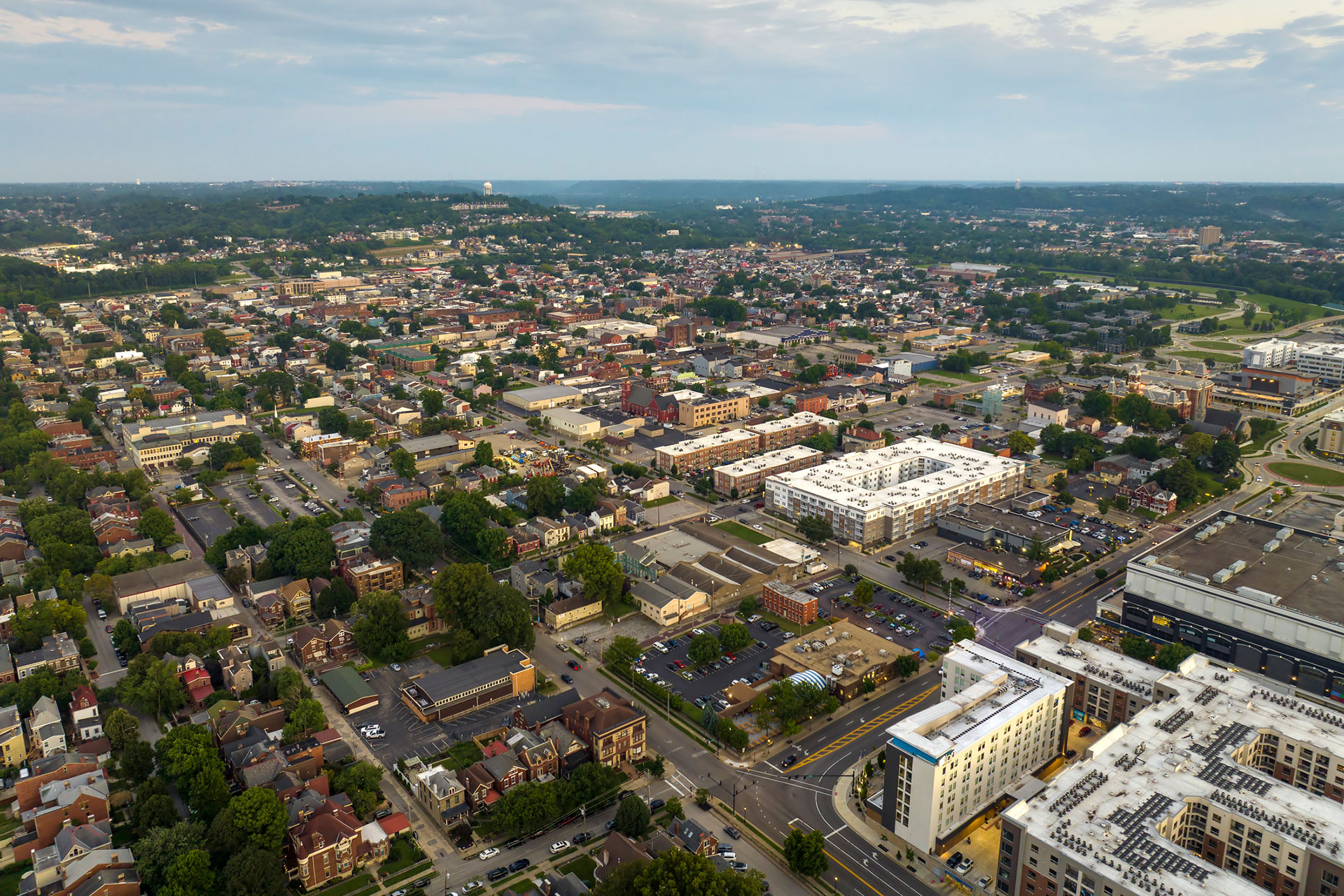An interactive tool maps the community development funding landscape


Elijah Davis came across the Community Investment Explorer data tool about two years ago when he was researching the minority business landscape in Philadelphia. Davis is a research officer for Drexel University’s Nowak Metro Finance Lab, a Philadelphia-based think tank that provides research services to local governments.
Davis was “blown away” by the interactive Community Investment Explorer. His team incorporated in its report information from the tool, which shows the distribution of community and economic development funding at state and regional levels for the US, as well as at neighborhood levels for four metropolitan areas in the Federal Reserve Bank of St. Louis’ Eighth District.
“Now that I found out about it, I scan it all the time,” Davis said. For example, he uses a New Markets Tax Credit map to understand the community development funding landscape, particularly in places that are less familiar to him. The credits, meant to encourage private investment in low-income communities, can be used against federal income tax and can be awarded for equity investments in certified financial intermediaries called community development entities.
Community and economic development researchers like Davis who are working for banks and other financial institutions, nonprofits, and government agencies can use the tool to better understand communities, inform decisions, and deploy resources more effectively.
Mike Eggleston, a researcher with the St. Louis Fed’s Community Development team, created the Community Investment Explorer. There are two main goals for the tool, he said in a May 2025 blog post: provide practitioners with a better understanding of funding hot spots and gaps across areas and programs, and give researchers a comprehensive dataset for timely and relevant research questions.
Funding from nine programs intended to support small businesses, affordable housing, historic preservation, and community and economic development can be researched using the Community Investment Explorer. Eggleston analyzed the most recent five years of available data for each program between 2016 and 2023 to create the tool, with the majority of data on funding between 2018 and 2022.
Users can filter data via drop-down menus by:
Geography types, using Office of Management and Budget definitions, are:
The tool then uses Tableau to visualize the information on a US map. Hovering over areas on the map reveals area statistics.
Users also can download spreadsheets with aggregated data by programs and geographic areas, which Davis said has been helpful. Davis said he has exported datasets to Excel to make sure the data conformed with the impression he got from viewing it in the tool, but he anticipates going further. “I think in an upcoming project I’ll have that opportunity to perform some original analysis with the exportable data set,” he said.
Corporate Strategy Manager Evan Bliss of Valley Bank reached out to the St. Louis Fed about the Community Investment Explorer in 2023.
Bliss was supporting an executive who oversaw a variety of businesses at Valley Bank, including a capital markets group and a specialty banking group. Bliss thought data from the tool could be useful for the annual application to the U.S. Treasury Department that institutions like Dudley Ventures, a Valley Bank subsidiary, make for New Markets Tax Credits. Such community development entities and institutions must show that previous credits they received made a difference and supported the communities where they were invested, according to Bliss.
“Look at all this data we can now utilize to put into context our work relative to others’,” Bliss said. “Hopefully we can demonstrate that we’re maybe more efficient or productive with the use of tax credits we were awarded.”
The tool also was helpful as Valley Bank explored expanding its SBA lending activities. The bank was a “fairly large” provider of loans under the SBA 7(a) program but wasn’t as significant a lender for the SBA 504 program and wanted to build out the sales team for that business, Bliss said. The SBA 504 program offers long-term, fixed-rate financing of up to $5 million for major fixed assets, such as real estate, that promote business growth and job creation. The SBA 7(a) program offers loan guaranties for a wider variety of small business needs, from working capital to furniture and supplies purchases.
“Look at all this data we can now utilize to put into context our work relative to others.’ Hopefully we can demonstrate that we’re maybe more efficient or productive with the use of tax credits we were awarded.”
– Evan Bliss, corporate strategy manager, Valley Bank
The Community Investment Explorer helped the Bank forecast the expected impact from adding teams in certain locations by evaluating market share statistics of existing banks in the region, he said.
“That helped us inform some of the business planning around adding sales teams in different regions,” Bliss said.
Researchers and practitioners can get a deeper look at capital flows for the St. Louis Fed’s headquarters city, and for the cities that are home to its branches: Little Rock, Arkansas, Louisville, Kentucky, and Memphis, Tennessee.
That has been an attractive feature for the St. Louis Equity Fund and its wholly owned subsidiary, Gateway Community Development Fund Inc. The two funds obtain private capital and deploy it for affordable housing development in St. Louis, Andrew Walshaw, president of St. Louis Equity Fund, said in a statement.
“We actively use the Federal Reserve Bank’s Community Investment Explorer to identify affordable housing projects in specific neighborhoods that are recipients of federal, state, or local funding, but may have a funding gap that our company can help fill,” Walshaw said in the statement.
“We actively use the Federal Reserve Bank’s Community Investment Explorer to identify affordable housing projects in specific neighborhoods that are recipients of federal, state or local funding, but may have a funding gap that our company can help fill. put into context our work relative to others.’ Hopefully we can demonstrate that we’re maybe more efficient or productive with the use of tax credits we were awarded.”
– Andrew Walshaw, president, St. Louis Equity Fund
Davis said the tool aids Nowak Metro Finance Lab colleagues, like the researcher working on a project tracking innovative approaches to deploying State Small Business Credit Initiative funds.
“We really try to track the capital flows,” Davis said. “But for me, one of my areas of expertise is local economic development and community and economic finance. And so this is really a helpful tool.”

Tax refunds in early 2026 could be $1,000 to $2,000 larger for many households due to retroactive tax law changes....

Why does it feel like large companies always get the upper hand? Maybe it’s the long contracts with fine print,...

What can you do if you can’t afford college? Maybe the financial aid award wasn’t enough, or you only want...